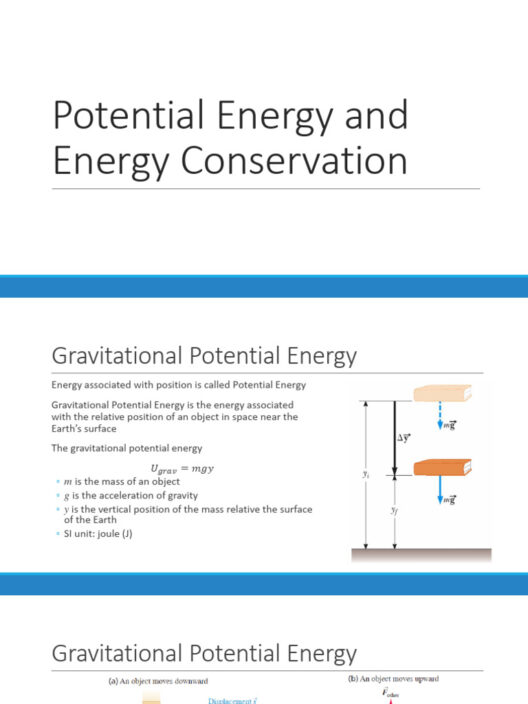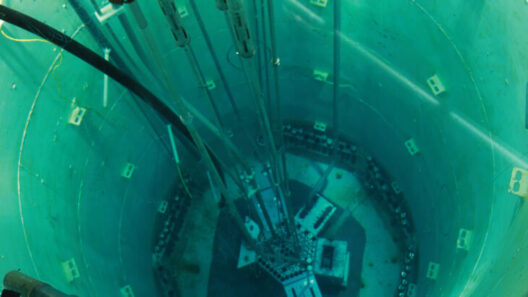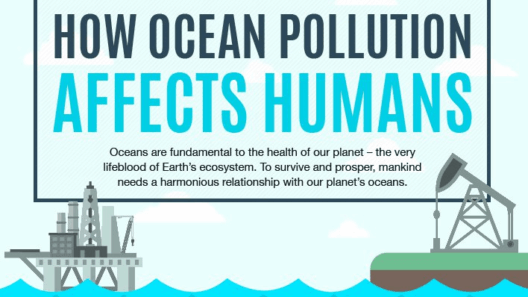The conservation of energy can be likened to an intricate tapestry, where each thread symbolizes a facet of our daily lives. From the seemingly mundane act of switching off a lightbulb to embracing a lifestyle steeped in sustainability, every choice we make has a profound rippling effect on our environment. This discourse traverses various strategies for conserving energy, embodying not just actions but a philosophy conducive to the sustenance of our planet.
To commence, consider the metaphor of lightbulbs flaring to life—a commonplace sight illuminating our homes, offices, and public spaces. However, these apparitions of brightness come with a cost. Traditional incandescent bulbs, though once the hallmark of lighting technology, are notorious for their inefficiency; they waste a substantial percentage of energy as heat rather than converting it into usable light. Transitioning to energy-efficient alternatives, such as compact fluorescent lamps (CFLs) and light-emitting diodes (LEDs), represents one of the simplest yet most effective steps toward energy conservation. These innovations consume significantly less power, possess a longer lifespan, and in turn, reduce one’s carbon footprint, demonstrating that sometimes, the most profound changes begin with a single, small decision.
Next, we delve into the realm of appliance efficiency, where the substantial energy expenditure often resides. A household’s appliances, from refrigerators to washing machines, can consume vast amounts of energy if not utilized judiciously. The adoption of Energy Star-rated appliances is a prudent strategy; such devices are engineered to meet stringent energy efficiency guidelines set by the U.S. Environmental Protection Agency (EPA). By investing in these technologies, homeowners can realize significant reductions in energy bills while simultaneously contributing to a larger environmental cause. But it is pivotal to go beyond mere purchasing decisions; regular maintenance of these appliances ensures their optimal functioning. Cleaning filters, checking seals, and defrosting freezers enhance performance, symbolizing how diligence in care further intertwines with energy conservation.
Shifting our focus outside domestic confines, the architectural elements of buildings play a crucial role in energy consumption. The concept of passive solar design emerges as an ingenious way to utilize the natural environment to regulate temperature and lighting. By strategically orienting windows and utilizing thermal mass, structures can leverage sunlight to heat living spaces during winter months while remaining cool in the summertime. This architectural ethos exemplifies a symbiotic relationship with nature, encouraging us to rethink our surroundings and consider how design can facilitate energy preservation. In this way, the orientation and structure of our living spaces transform into guardians of energy efficiency, curbing reliance on artificial heating and cooling systems.
In addition to structural considerations, one must not overlook the significance of behavioral modifications in the collective pursuit of energy conservation. Implementing practices such as turning off lights when exiting a room, unplugging devices that are not in use, and embracing daylight can lead to remarkable cumulative savings. These actions may seem trivial, yet they echo the notion that energy conservation is a holistic endeavor—one that necessitates a conscientious approach to our daily routines. Furthermore, harnessing the potential of smart home technology can simplify this process. Programmable thermostats, motion sensors, and smart lighting systems allow for precise control over energy usage, turning the household not just into a residence, but a dynamic participant in energy conservation.
Transitioning from the microcosm of homes to broader societal strategies, public transportation epitomizes a shift towards sustainable energy practices. In an era where fossil fuels predominantly fuel our vehicles, embracing public transit alternatives can significantly mitigate our carbon footprint. Buses, trains, and cycling not only lower personal energy consumption but also ease congestion and minimize air pollution. The choice to forgo personal vehicles, at least for short distances, unfurls a broader narrative of community interconnectedness and environmental consideration. It further advocates for infrastructural investments in efficient, accessible public transport systems—an essential pillar of sustainable cities.
To further enrich our commitment to energy conservation, the role of renewable energy sources becomes paramount. Solar panels and wind turbines, heralded as the vanguard of energy transformation, offer abundant opportunities to harness natural power. Investing in renewable energy systems for homes can provide not just a self-sustaining energy supply but also decrease dependence on non-renewable resources. The paradigm shift towards renewable energy showcases an optimistic future where individuals can actively contribute to the inequities of energy consumption and environmental degradation.
Finally, one must recognize that energy conservation extends beyond individual actions; it insinuates a collective, cultural shift. Encouraging community discussions regarding energy efficiency and sustainability cultivates awareness and promotes an ethos of conservation. Initiatives that involve tree planting, community gardens, and local clean-up efforts act not only as avenues for direct environmental impact but also serve as vehicles for education and engagement, heightening the communal understanding of energy and resource management.
In summation, conserving energy is multifaceted and far-reaching, drawing on the metaphor of a grand tapestry woven with collective actions and deliberate choices. From the discerning selection of energy-efficient lighting to embracing public transportation and advocating for renewables, each thread contributes to a resilient fabric of sustainability. As custodians of our planet, it is our moral imperative to adopt strategies that lessen our ecological footprint. Thus, the step towards energy conservation is both a personal journey and a communal mission, urging everyone to intricately weave their efforts into the expansive tapestry of environmental stewardship.








